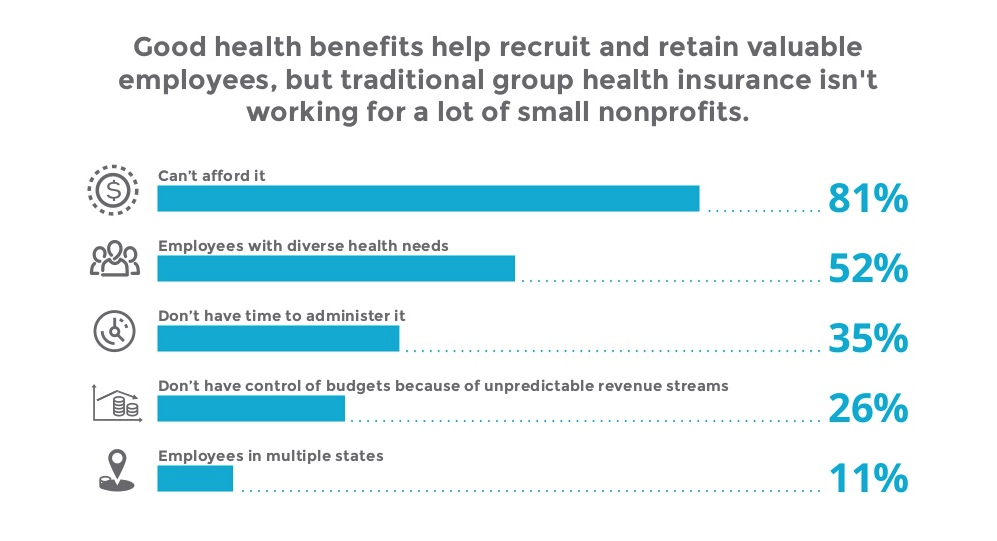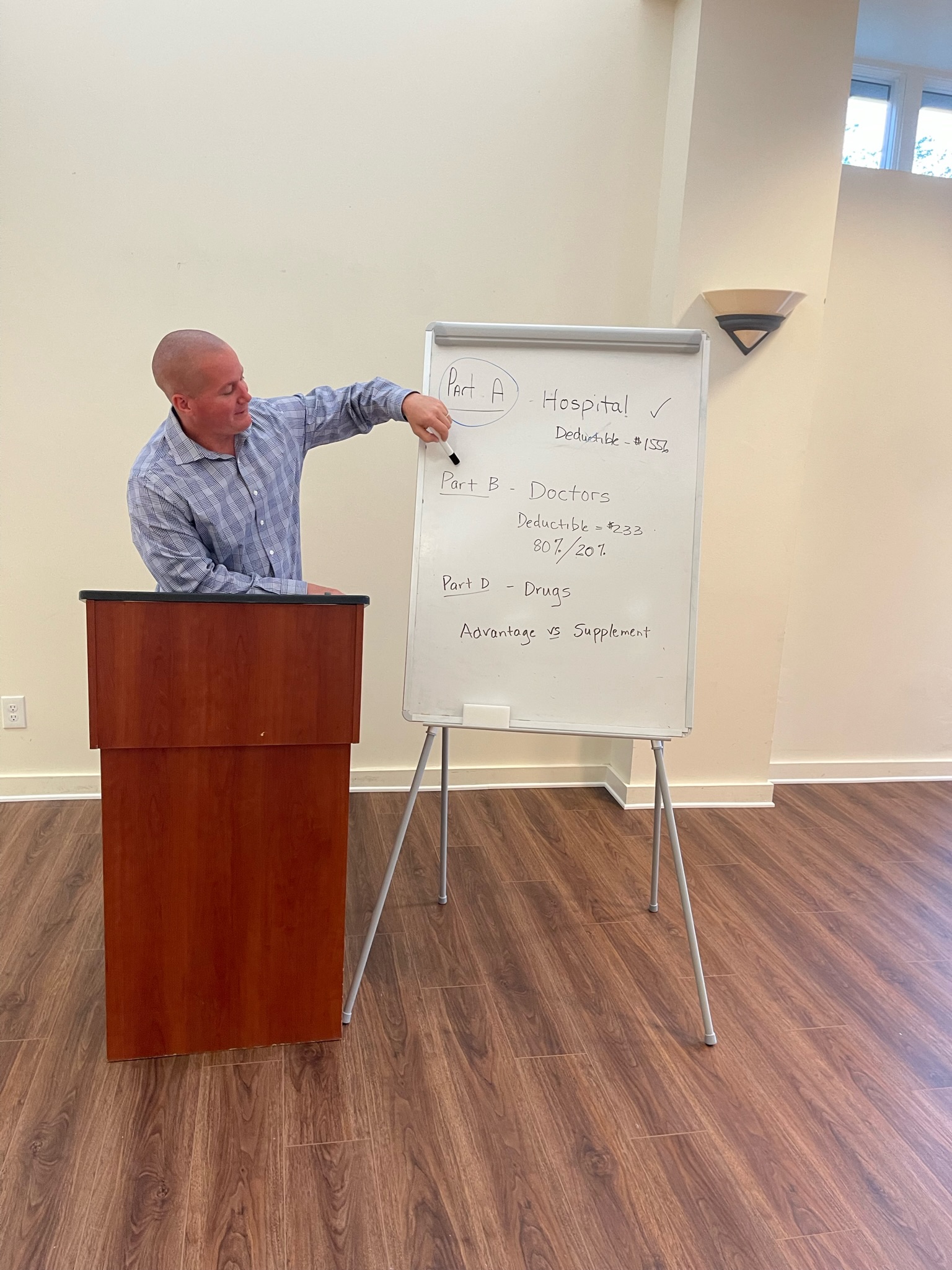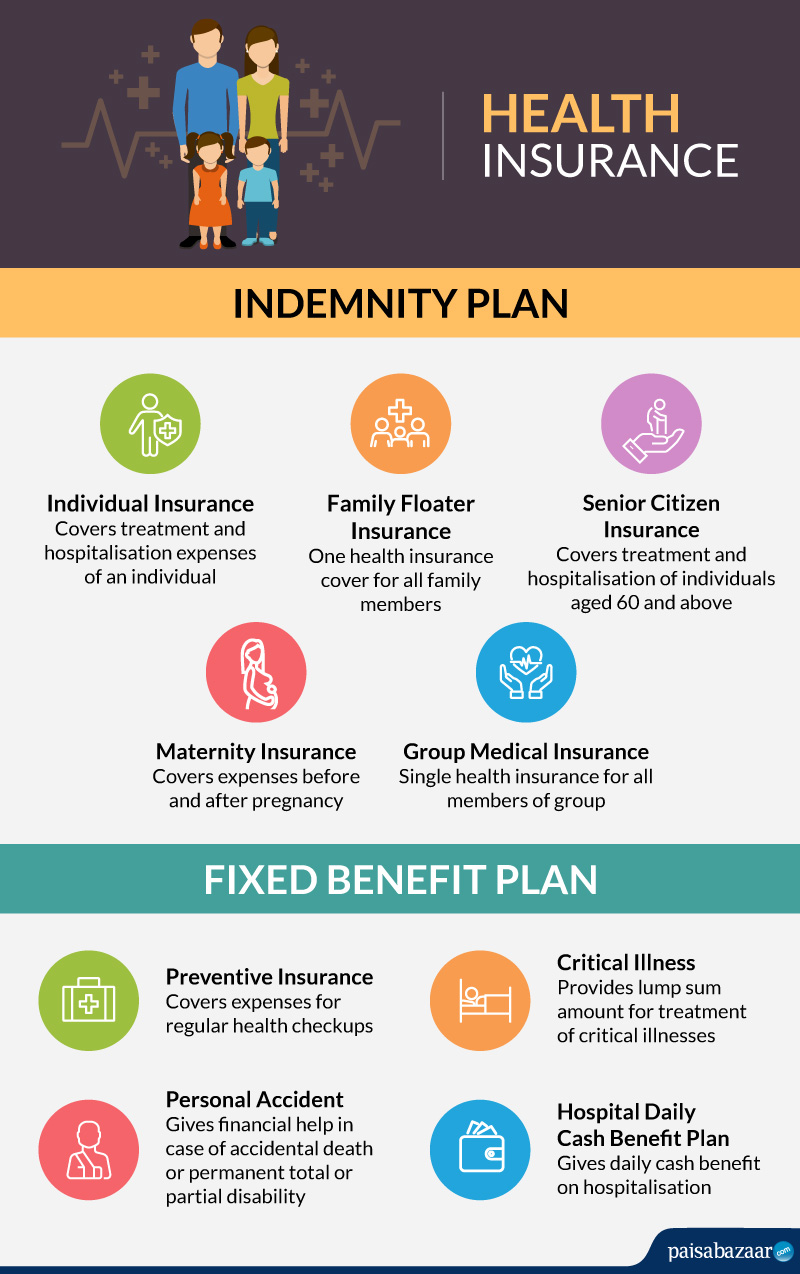The smart Trick of Medicare Advantage Agent That Nobody is Talking About
The smart Trick of Medicare Advantage Agent That Nobody is Talking About
Blog Article
Little Known Questions About Medicare Advantage Agent.
Table of ContentsAn Unbiased View of Medicare Advantage AgentSome Ideas on Medicare Advantage Agent You Need To KnowWhat Does Medicare Advantage Agent Mean?


follows from complies with the puzzling young fairly profile of account uninsured with the better healthMuch better on average, of younger personsMore youthful For those without accessibility to work environment health and wellness insurance, bad wellness is a possible obstacle to purchasing nongroup insurance coverage because such coverage might be extremely valued, exclude pre-existing problems, or be merely unavailable. Unless or else kept in mind, nationwide quotes of people without health insurance policy and proportions of the populace with different kinds of coverage are based on the CPS, the most widely utilized source of price quotes of insurance policy coverage and uninsurance rates.

The Facts About Medicare Advantage Agent Uncovered
The relationship in between health insurance policy and accessibility to care is well established, as documented later in this chapter. The connection in between health insurance and health end results is neither straight neither easy, a comprehensive scientific and health services research study literary works web links wellness insurance protection
to improved enhanced accessibility care, better much betterHigh quality and improved personal individual population populace statusStanding The second record, on personal health and wellness outcomes for uninsured grownups, is represented by the innermost circle of the number, while the 3rd report, on household wellness, encompasses the subjects of the 2nd report but emphasizes a various device of analysis, particularly, the family.
It concentrates specifically on those without any health insurance policy for any type of length of time. The troubles faced by the underinsured remain in some respects similar to those faced by the uninsured, although they are normally much less severe. Uninsurance and underinsurance, however, include distinctly different policy concerns, and the approaches for resolving them might differ. Throughout this research and the 5 records to adhere to, the main emphasis gets on persons without medical insurance and hence no assistance in paying for healthcare past what is readily available with charity and safeguard institutions. Medical insurance is a powerful variable affecting receipt of care because both patients and medical professionals react to the out-of-pocket rate of services. Medical insurance, nonetheless, is neither essential neither enough to obtain access to clinical solutions. Nonetheless, the independent and straight result of health
insurance protection on accessibility to health and wellness services is well established. Others will obtain the health care they need also without wellness insurance, by spending for it out of pocket or seeking it from suppliers who offer care cost-free or at highly subsidized rates. For still others, medical insurance alone does not make sure receipt of care due to the fact that of various other resource nonfinancial obstacles, such as a lack of health treatment service providers in their community, limited access to transportation, illiteracy, or etymological and social distinctions. Formal research about uninsured populations in the United States dates to the late 1920s and early 1930s when the Board on the Cost of Medical Treatment produced a collection of reports about financing physician workplace check outs and hospitalizations. This concern became prominent as the numbers of clinically indigent climbed up during the Great Clinical depression. Empirical research studies consistently web link support the web link between access to care and improved health and wellness results(Bindman et al., 1995; Starfield, 1995 try these out ). Having a normal source of treatment can be thought about a forecaster of gain access to, rather than a straight measure of it, when health and wellness end results are themselves used as access indicators. This expansion of the notion of accessibility measurement was made by the IOM Committee on Monitoring Accessibility to Personal Healthcare Services(Millman, 1993, p. Whether or not parents are guaranteed appears to affect whether their kids obtain treatment as well as exactly how much careeven if the children themselves have coverage(Hanson, 1998). The health of parents can affect their ability to care for their kids and the level of family members stress and anxiety. Bothering with their youngsters's accessibility to care is itself a source of stress and anxiety for parents. Three phases adhere to in this report. Phase 2 gives a summary of how employment-based medical insurance, public programs and specific insurance plan run and communicate to supply substantial but insufficient protection of the united state populace. This consists of a review of historical patterns and public policies affecting both public and private insurance, a conversation of the communications amongst the various sorts of insurance coverage, and an exam of why people move from one program to one more or wind up

Report this page